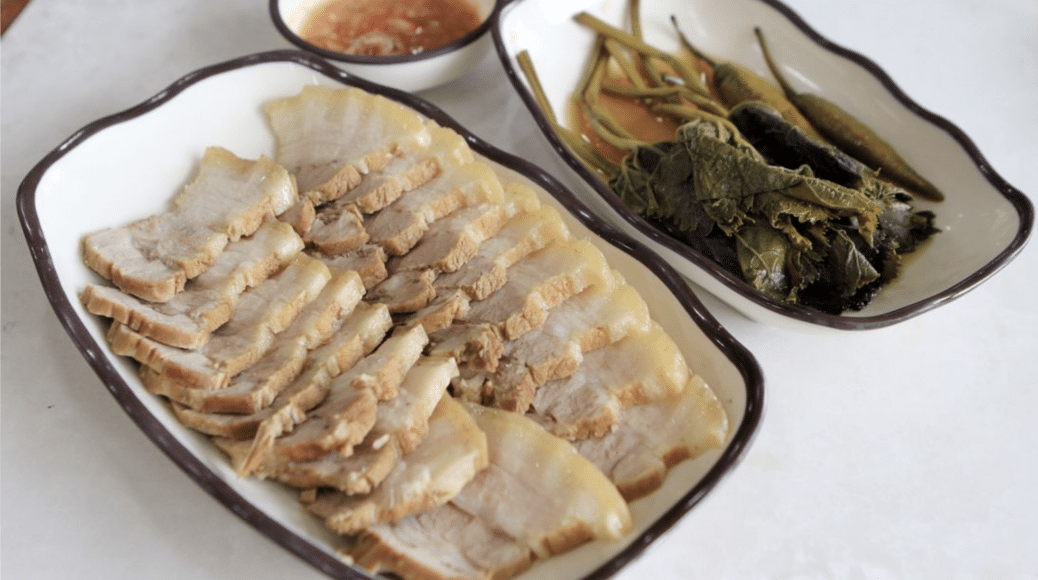The fact that there are more than 100 different types of kimchi should tell you something about the pride Koreans have in their food.
Korean cuisine has evolved over time because of cultural changes, but it remains a major aspect of the national identity.
Here are 39 dishes that are essential to the Korean heart, soul and digestive tract.
Hangover stew (해장국)
Given South Korea’s dedicated drinking culture, it’s not surprising that its hangover-curing culture is equally as developed, from pre-drinking drinks to post-drinking drinks to a glorious array of spicy and steamy stews and soups.
Made from a beef broth, with cabbage, bean sprouts, radish and chunks of congealed ox blood, the deeply satisfying taste does wonders to kick-start your sluggish brain in the morning.
Kimchi (김치)
Dating to the Silla Dynasty (around 2,000 years ago), kimchi is the beloved spicy sidekick at every Korean table. It’s made by salting and preserving fermented cabbage in a bed of red chilli pepper, garlic, ginger and scallion.
Feeling adventurous? Exchange your regular red cabbage kimchi for ggakdugi (chopped radish kimchi), a popular side at gimbap restaurants.
Yeolmumul kimchi is a less spicy kimchi made with young radish stalks floating in a tangy soup.
Soft Tofu Stew (순두부찌개)
Soft tofu, clams and an egg in spicy broth? This popular stew is a classic example of unexpected flavor combinations yielding delightful sensations.
The soft tofu – which breaks into fluffy chunks in the stew – holds the flavor of the clam and serves as a relief from the overall spiciness.
Proper sundubu-jjigae comes in a traditional earthenware pot designed to retain heat. The egg is cracked into the stew after serving, and cooks inside the bowl.


